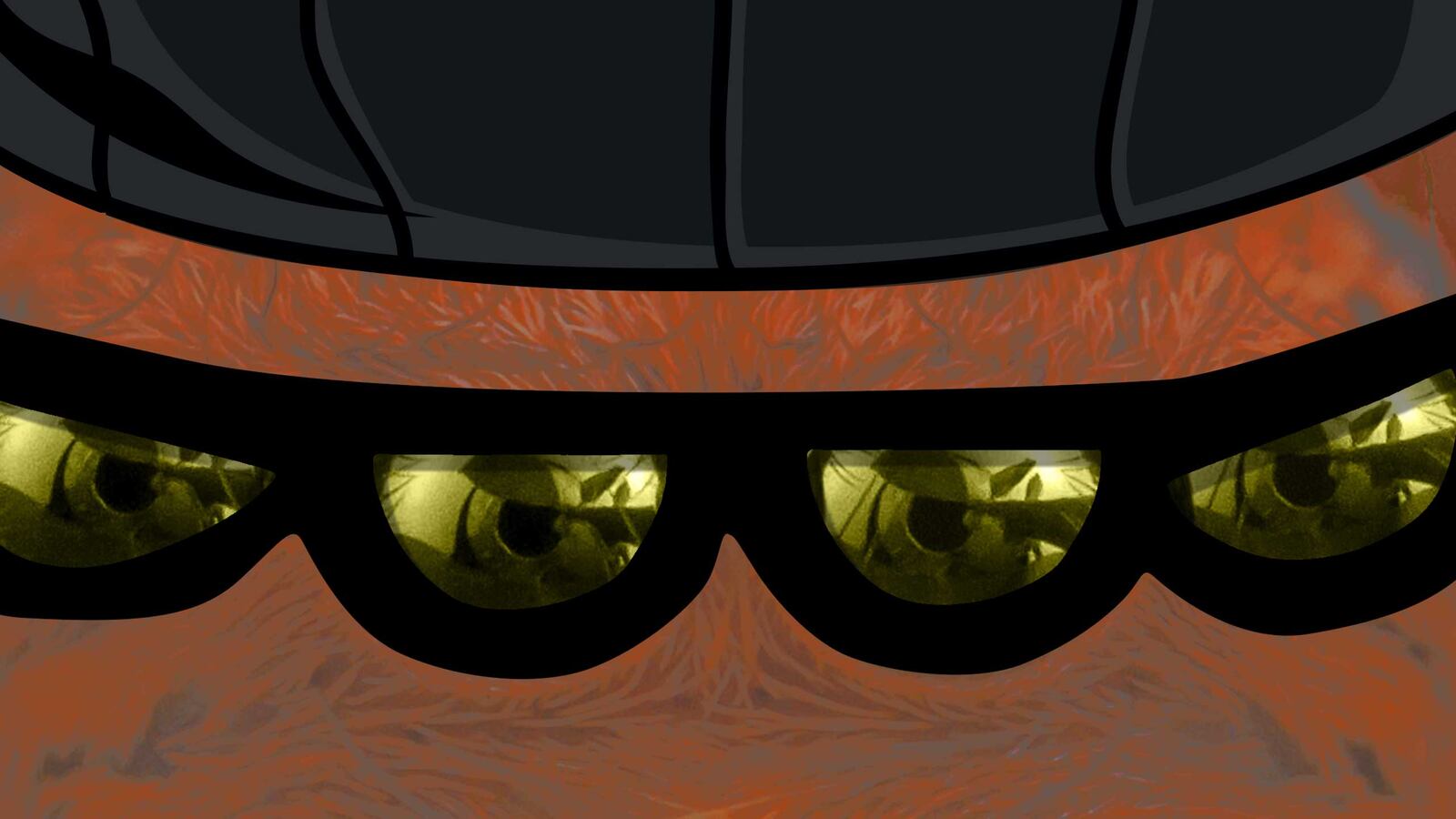What a bunch of louses.
Ex-employees of a Philadelphia museum have been questioned in the theft of thousands of living insects and lizards, and investigators appear close to wrapping up the case, a police spokesman told The Daily Beast.
A dozen of the burgled bugs were recovered from one suspect’s home and returned—including a Mexican Fireleg tarantula, a shudder-inducing orange and black specimen that can fire bristly hairs like missiles when threatened.
Still in the wind are two-spotted assassin bugs with a bite that can cause temporary blindness, a few lizards, and an army of beetles, roaches, scorpions and spiders. Oh, and a six-eyed sand spider believed to have the deadliest venom in the world.
Those are likely gone for good. That’s according to John Cambridge, the Insectarium’s CEO, who suspects the caper was inspired by both revenge—he fired one of the suspects on the day the exhibits began to vanish—and greed.
Sold individually, Cambridge estimates, the purloined pests could fetch more than $40,000 on the underground insect market.
“It’s a healthy, energetic industry and there are a lot of outlets for people to sell them,” he said. “It’s unlikely the individuals who took them could provide the care these creatures need.”
As it turns out, there was a sort of fly on the wall during the crime: a surveillance camera, Cambridge has watched the heist over and over again and says he has a pretty good idea of how he lost 85 percent of his collection.
Around noon on Aug. 22, he fired an employee for a number of reasons including “misrepresenting his ability to do the job,” he said. He didn’t make the man leave immediately, allowing him to stay on the premises to say goodbye to colleagues.
Just 15 minutes later, Cambridge said, the surveillance video shows the man walked towards an exit carrying a plastic container of creepy-crawlies.
Police believe that others who had worked for the museum continued to remove insects from the museum over the next few days—some out of a fire exit, some out of the front door. Many of the thefts were caught on video.
“It’s absurd,” Cambridge said. “It was bug-ary, plain and simple.”
At this point, Cambridge said, he hopes the insects have been sold, because he doesn’t believe they would have survived this long without professional care. Some “creatures”—that’s the term he most often uses—prefer a humid environment while others need a dry one. Some require daily mistings of water. Certain insects will only eat a certain type of tree bark or foliage, others will shun new leaves for older ones.
“People underestimate the complexity of nature,” he said. “If they’re not properly cared for, they will die.”
Journalist Peter Laufer, who has written extensively about the illegal animal and insect trade, said collectors are drawn to the forbidden, by law or social norms, or dangerous. All it takes is a glance at the endangered species list to know what’s valuable, he said.
“It’s, ‘I have something that you don’t have. I have something I’m not supposed to have. I have something that is so rare that it will be all but impossible for you to get it. Aren’t I cool?’” Laufer said. “What’s intriguing is we often see the same types who engage in illicit arms dealing and illicit drug trafficking are engaged in the illicit animal markets.”
To those unsettled by the idea of collecting insects, with all their eyes and legs and wings, Laufer said years of research has shown him that “everything fascinates somebody.”
Karen Verderame, an invertebrate specialist at Philadelphia’s Academy of Natural Sciences of Drexel University, said insects have personalities just as more common pets like cats and dogs. Take spiders. Just as breeds of dogs will have certain personality traits—golden retrievers are known to be gentle and smart, chow chows are more reserved and less playful—the same is true for arachnids. Rose Hair tarantulas, for example, are docile and often sold as pets. Indian Ornamental tarantulas are notoriously aggressive.
That said, Verderame noted that invertebrates don’t have feelings for specific humans. The insects stolen from the Insectarium will not miss a specific caregiver, she said, and will most likely be perfectly content as long as they're in a suitable environment and fed appropriate food.
The Insectarium, which opened in February 2017, is now closed and focused on rebuilding its collection and remodeling its facility. Its goal is to reopen for the Philadelphia Oddities Expo on Nov. 3. (A GoFundMe campaign is seeking to raise $50,000 for these efforts.)
“We’re focusing on creating something bigger and cooler than ever. We have two years of data to analyze so we can figure out what works and what doesn’t,” Cambridge said. “I call it a lemonade moment. Right now, we’re in the middle of the squeeze.”
Cambridge and the others who looked after these insects are also dealing with a sense of loss. One of the stolen insects yet to be recovered: a favored and endangered Gooty Sapphire tarantula named after a popular Disney character.
“They even took Pinocchio,” Cambridge said solemnly.






